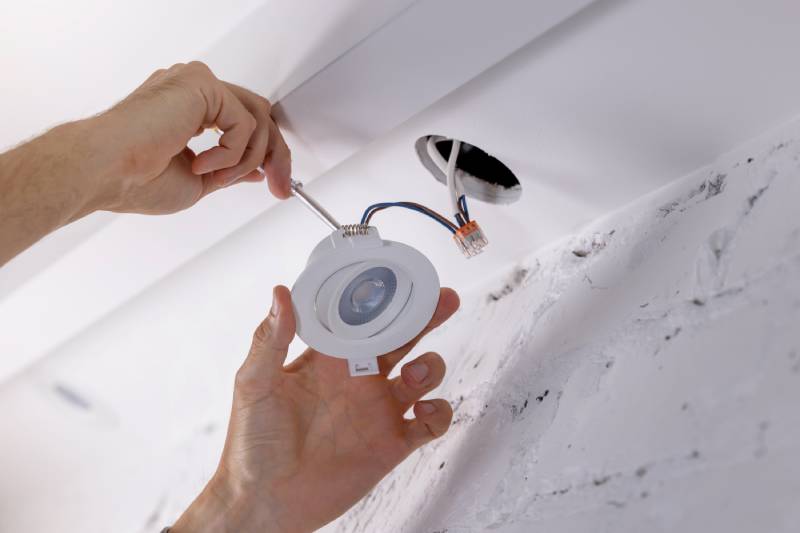
When considering lighting options for your home, LED light fixtures have gained immense popularity in recent years. They offer various advantages over traditional incandescent or fluorescent bulbs, but like any product, they come with a few drawbacks as well. Understanding both the benefits and the potential downsides of LED lighting can help you make an informed decision for your home.
One of the primary reasons people switch to LED light fixtures is their remarkable energy efficiency. LEDs use significantly less energy compared to incandescent or fluorescent bulbs, reducing electricity consumption by up to 80%. This means lower energy bills and a smaller carbon footprint for your household.
LED lights are known for their extended lifespan. While traditional bulbs may burn out after a few thousand hours, LEDs can last anywhere from 25,000 to 50,000 hours, depending on the product. This durability translates to fewer replacements and less hassle over time, saving you both money and effort.
LED light fixtures are much more environmentally friendly compared to other lighting options. They don’t contain harmful chemicals like mercury, which is often found in fluorescent bulbs. Additionally, their lower energy consumption contributes to reduced greenhouse gas emissions. As a result, switching to LED lighting can be a small but impactful step toward a more eco-conscious lifestyle.
LED lights are a popular choice for smart home systems. Many LED fixtures can be easily integrated with smart technology, allowing you to control your lighting remotely through apps or voice-activated devices. You can customize brightness levels, set timers, and even change the color of the lights, enhancing convenience and comfort.
One of the main disadvantages of LED light fixtures is the initial cost. While the price of LEDs has decreased over the years, they still tend to be more expensive than traditional bulbs. However, it's important to remember that the long-term savings in energy costs and the reduced need for replacements often offset this higher upfront expense.
Although LEDs are becoming the standard, they may not always be compatible with older dimmer switches or certain fixtures designed for incandescent bulbs. This could require additional upgrades, such as replacing incompatible switches, which can add to the cost and complexity of installation.
LED light fixtures offer an array of benefits, including energy efficiency, longevity, eco-friendliness, and smart home integration. While the higher upfront costs may be a drawback, the long-term savings and advantages make them an appealing option for many homeowners. For expert advice on LED lighting and electrical upgrades, consider reaching out to Stan’s for professional assistance in Austin.